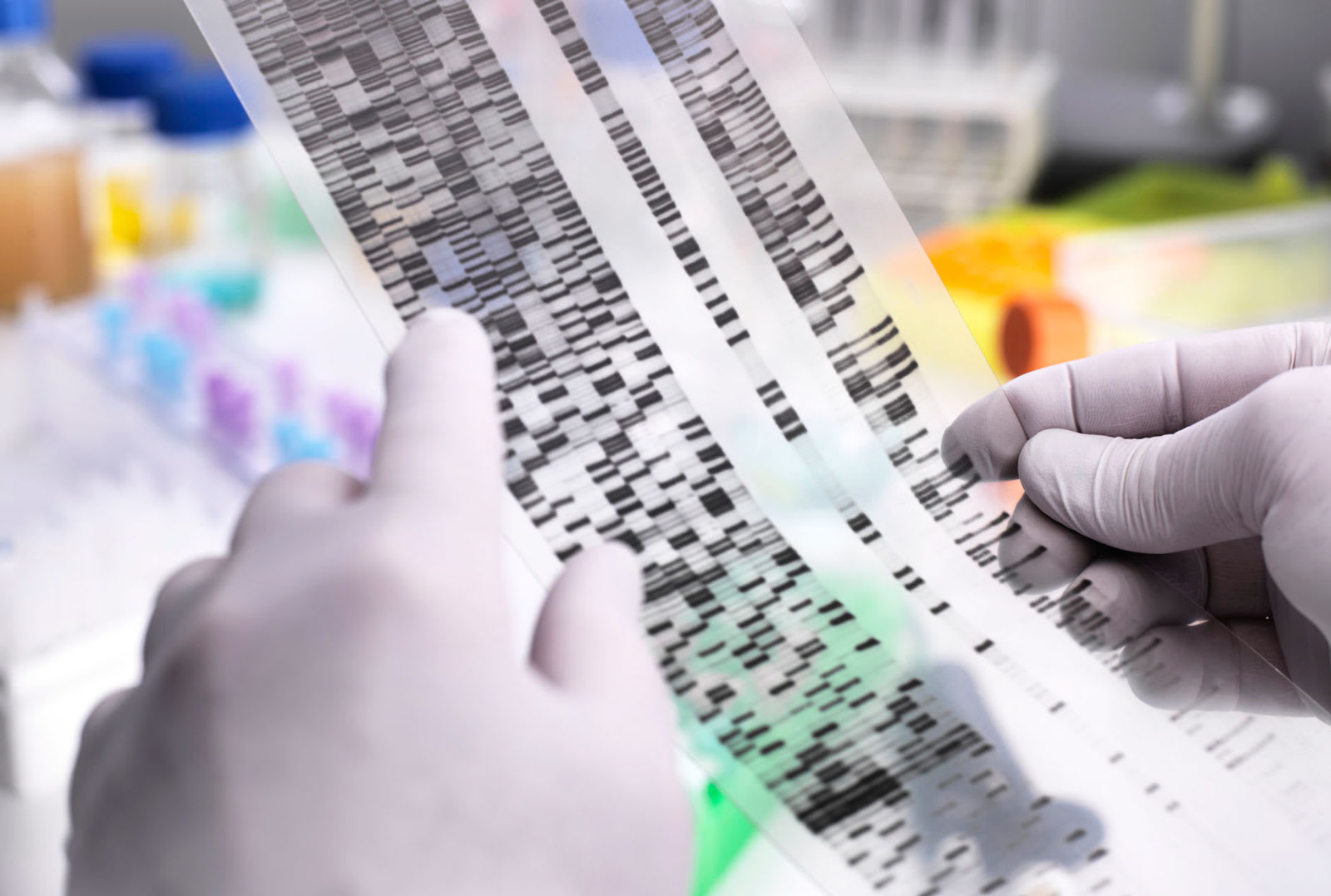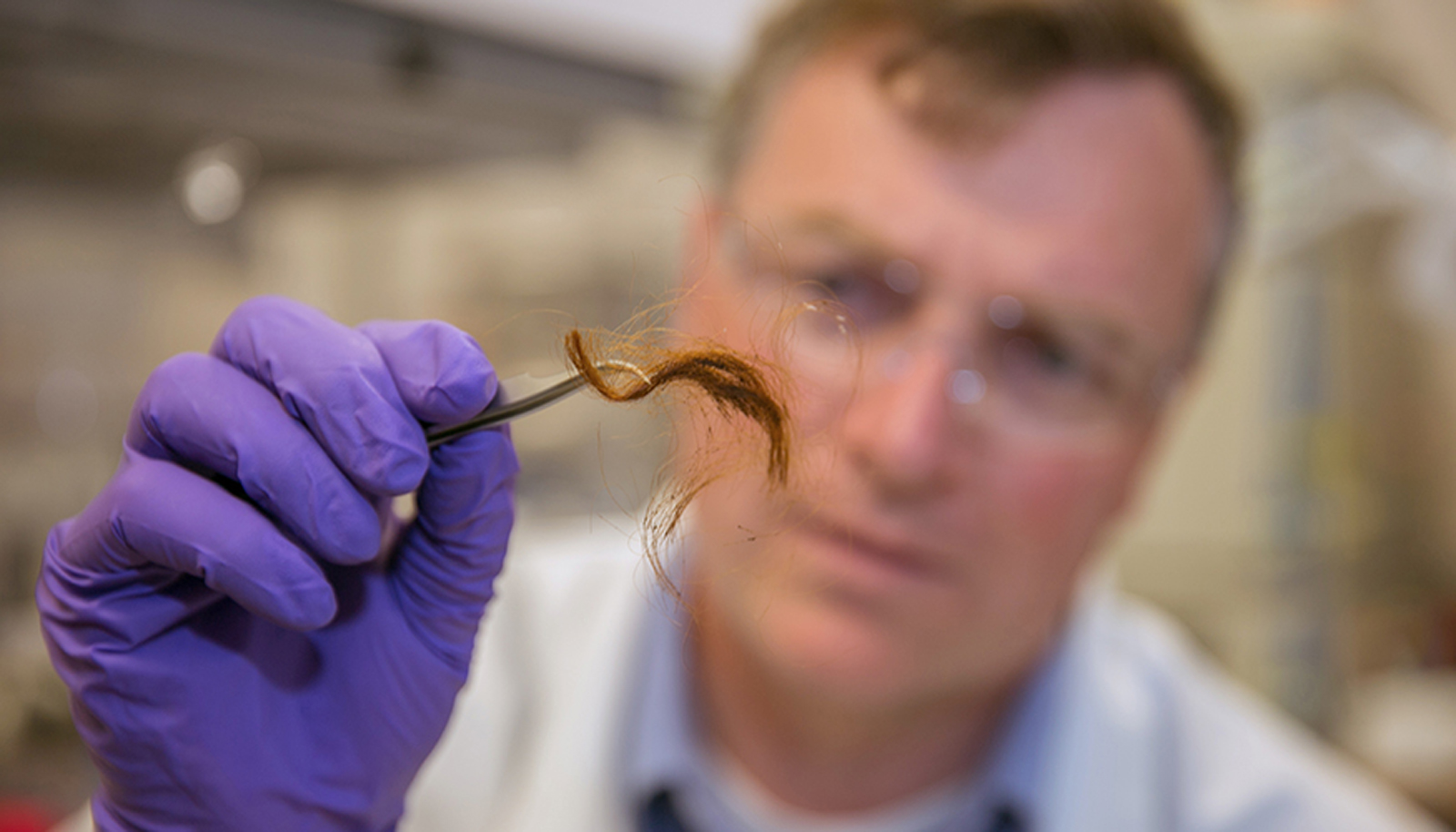
Those interested in criminology, forensics or the basics of voyeurism probably have a decent grasp on what a camera obscura is. For everyone else in the audience, allow us to explain. Used since way before your birth, these chambers are designed with an optical device that projects an image of its surroundings on a screen; you just need a room with a hole in one side, which allows a fine amount of light to pass through. If you've ever watched [insert crime drama here], you've probably seen those magical investigators take a blurred shot of a room wall, zoom it in and somehow draw conclusions about the origins of life. Now, MIT's own Antonio Torralba and William Freeman have developed a method that can "transform the entire setting into a pinhole camera." In other words, any room with a window can be repurposed for forensics. On that note, you should probably consider moving your... operations center to a windowless bunker, STAT.
MIT thaumaturges work to turn any windowed room into a camera obscura originally appeared on Engadget on Wed, 20 Jun 2012 03:13:00 EDT. Please see our terms for use of feeds.
Permalink |
 New Scientist
New Scientist |
Email this |
Comments
 The at-home DNA testing company Family Tree DNA is asking customers to share their genetic data to help law enforcement solve crimes. A video featuring Ed Smart, the father of kidnapping victim Elizabeth Smart, attempts to frame the sharing of its ge...
The at-home DNA testing company Family Tree DNA is asking customers to share their genetic data to help law enforcement solve crimes. A video featuring Ed Smart, the father of kidnapping victim Elizabeth Smart, attempts to frame the sharing of its ge...
 The at-home DNA testing company Family Tree DNA is asking customers to share their genetic data to help law enforcement solve crimes. A video featuring Ed Smart, the father of kidnapping victim Elizabeth Smart, attempts to frame the sharing of its ge...
The at-home DNA testing company Family Tree DNA is asking customers to share their genetic data to help law enforcement solve crimes. A video featuring Ed Smart, the father of kidnapping victim Elizabeth Smart, attempts to frame the sharing of its ge...
 In April, California investigators arrested Joseph James DeAngelo for some of the crimes committed by the elusive Golden State Killer (GSK), a man who is believed to have raped over 50 women and murdered at least 12 people between 1978 and 1986. Inve...
In April, California investigators arrested Joseph James DeAngelo for some of the crimes committed by the elusive Golden State Killer (GSK), a man who is believed to have raped over 50 women and murdered at least 12 people between 1978 and 1986. Inve...
 Many attempts to open up access to software in the justice system have fallen flat. Advocates in New York, however, have just scored a significant victory. A federal judge has publicly unsealed the source code for DNA analysis software previously u...
Many attempts to open up access to software in the justice system have fallen flat. Advocates in New York, however, have just scored a significant victory. A federal judge has publicly unsealed the source code for DNA analysis software previously u...
 'Spider-Man: Homecoming'
Is One of the Best Superhero
Movies in Years
Christopher Orr,
The Atlantic
Well folks, the time has come. The team-up between Sony and Marvel for the third different take on Spider-Man debuted this week. So far, the review...
'Spider-Man: Homecoming'
Is One of the Best Superhero
Movies in Years
Christopher Orr,
The Atlantic
Well folks, the time has come. The team-up between Sony and Marvel for the third different take on Spider-Man debuted this week. So far, the review...
 German police have used VR forensics tech to prosecute a Nazi war criminal who worked at the Auschwitz-Birkenau concentration camp. The team from the Bavarian state crime office (LKA), led by investigator Ralf Breker, created highly detailed digital...
German police have used VR forensics tech to prosecute a Nazi war criminal who worked at the Auschwitz-Birkenau concentration camp. The team from the Bavarian state crime office (LKA), led by investigator Ralf Breker, created highly detailed digital...
 Police and archaeologists regularly depend on DNA evidence for identification, but it has a serious flaw. DNA degrades under environmental conditions like heat and light, so it may be useless even if you have a ton of samples. However, Lawrence Live...
Police and archaeologists regularly depend on DNA evidence for identification, but it has a serious flaw. DNA degrades under environmental conditions like heat and light, so it may be useless even if you have a ton of samples. However, Lawrence Live...



